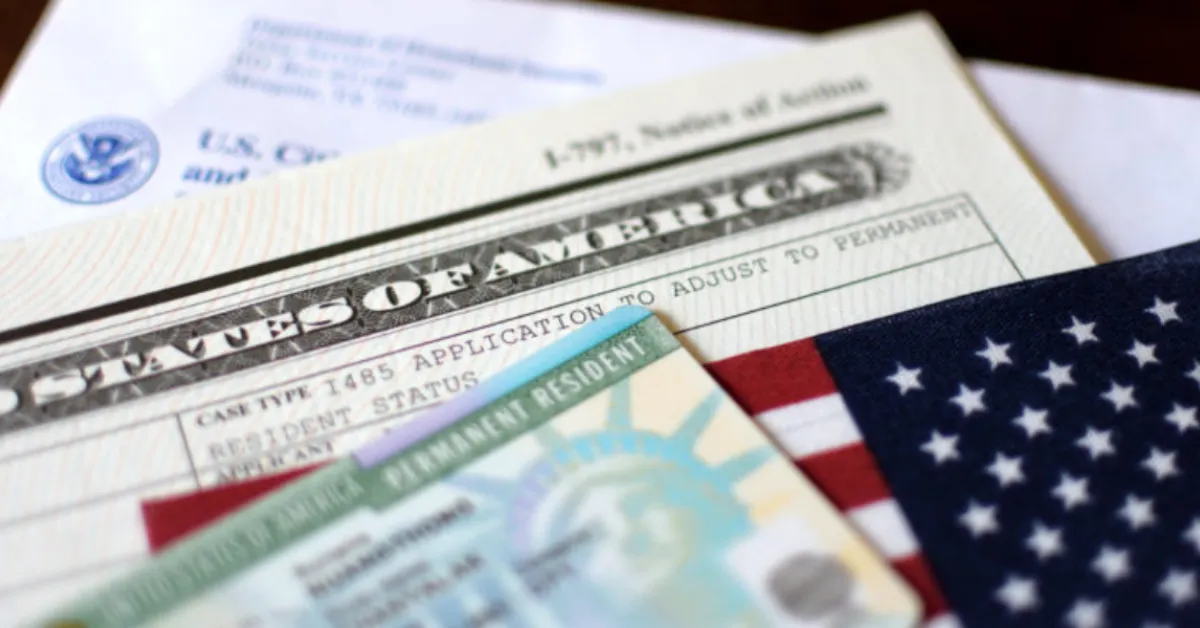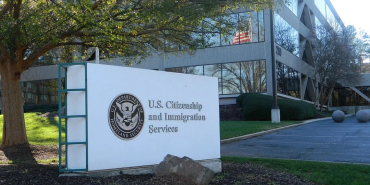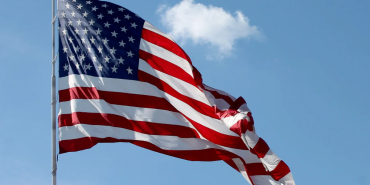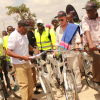US Immigration Backlog Hits 11.3 Million as USCIS Processing Times Surge

The US immigration system is facing escalating strain, characterised by substantial backlogs and protracted processing times, according to the latest data released by US Citizenship and Immigration Services (USCIS).
The figures, covering the second quarter of fiscal year 2025 (January–March), reveal the initial impacts of policy adjustments under the Trump administration, including a heightened focus on immigration enforcement and more stringent procedural requirements. During the quarter, USCIS completed 2.7 million cases, representing an 18% decrease compared to the same period last year and a 12% drop from the previous quarter.
This slowdown has contributed to a record backlog of 11.3 million pending cases, the highest in at least a decade. Further highlighting the pressure, the agency reported a "frontlog" of over 34,000 unopened cases, an indicator of the growing difficulties in initiating new applications. The reduction in case completions coincides with increased application volumes across several critical immigration categories, indicating that USCIS is struggling to meet current demand.
Operational bottlenecks are particularly apparent in processing times, which have lengthened across various form types, leading to significant consequences for both applicants and employers. For employment-based petitions, Form I-129 for non-immigrant workers saw its median processing time increase by 25% from the previous quarter and more than 80% year-on-year. This increase is particularly notable given that the net backlog for I-129 cases fell by nearly 75%, suggesting that internal resource reallocation or increased scrutiny may be slowing down adjudications.
Form I-90, used for green card replacements, experienced a staggering 938% increase in processing time, rising from under one month to over eight months. This places it well above historical norms and raises concerns about systemic delays.
Work authorisation requests under Form I-765 have also seen significant growth in pending cases. Initial filings rose by 87% compared to the previous quarter, while total pending I-765s, including renewals and replacements, climbed by 79% to exceed two million.
The net backlog, defined as cases pending beyond acceptable timeframes, surged by 181% in just three months. The EB-1A category, reserved for individuals of extraordinary ability, continues to attract strong interest, although its growth has moderated. Applications dipped slightly by 1.5% from Q1, yet remain 34% higher than the same period last year. However, the backlog of pending EB-1A cases has reached an all-time high of 16,000, both in absolute terms and as a proportion of total filings.
Approval rates have declined modestly to 72.7%, suggesting that adjudications are slowing, even as most applicants opt for premium processing. Analysts suggest that increased Requests for Evidence (RFEs) and more rigorous review protocols may be contributing to the delays. Geographically, Nigeria has emerged as a notable source of EB-1A petitions, with filings more than doubling year-on-year and placing the country third behind India and China. While India is projected to see a 32% rise in approvals this fiscal year, China’s approval rate is expected to decline by 36%, reflecting shifting geopolitical and administrative dynamics.
Family-based immigration categories present a mixed picture. Applications for the I-129F fiancé visa rose by 5.7% quarter-on-quarter and 12% year-on-year, with approval rates rebounding to 67.9% after a previous dip. Meanwhile, filings for Form I-751, which removes conditions on marriage-based green cards, surged by over 50% both quarterly and annually, likely driven by a combination of backlog clearance and new eligibility among recent green card holders.
Form I-485, used for family-based adjustment of status, saw a modest 2% increase in filings from Q1 and a 12% rise year-on-year. However, approval rates edged down to 84.4%, hinting at a more cautious adjudication environment. Naturalisation applications under Form N-400 rose by 10.1% compared to the previous quarter but fell by 6.2% year-on-year, with approval rates holding steady at 91.1%.
Humanitarian categories, particularly those involving work authorisation, continue to drive much of USCIS’s workload. The explosive growth in pending I-765 applications highlights the agency’s struggle to manage surging demand, even as some employment-based categories, like I-129, show signs of backlog relief.














Add new comment